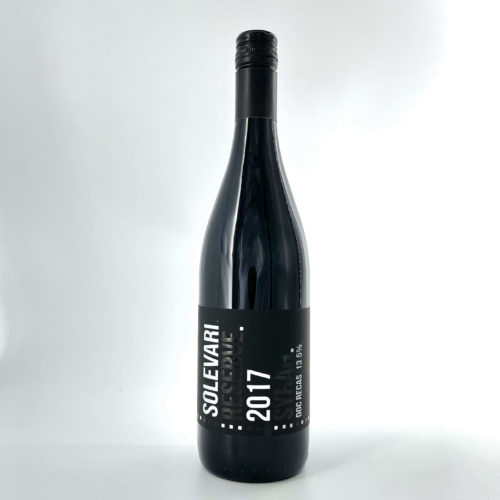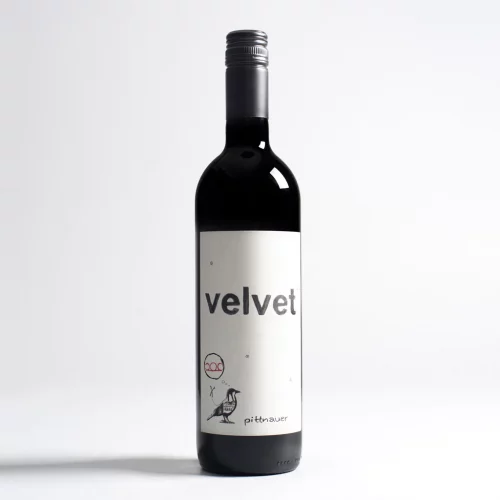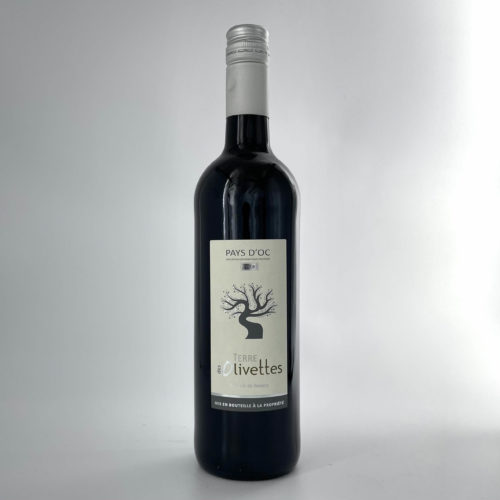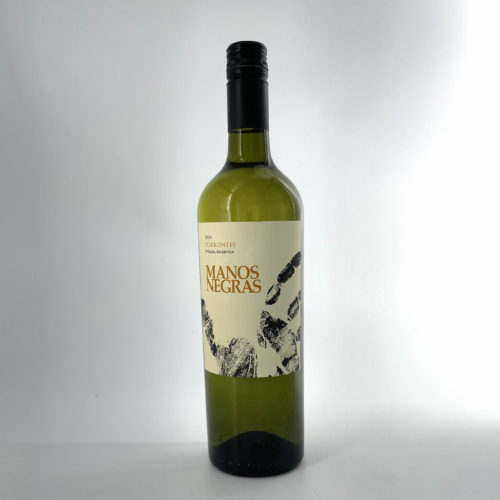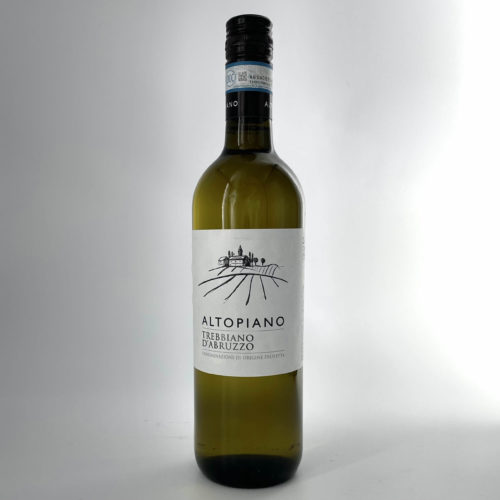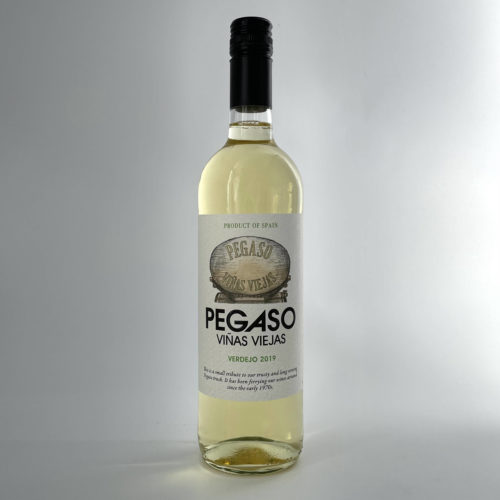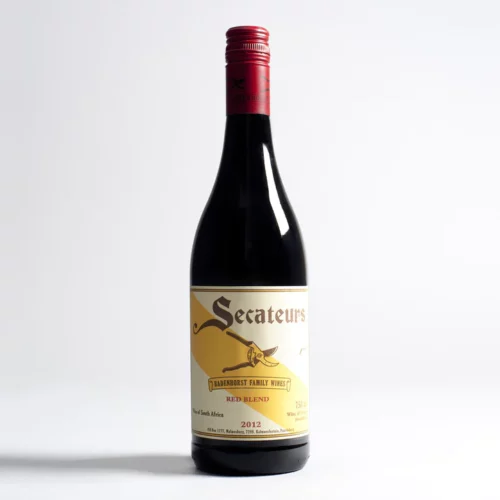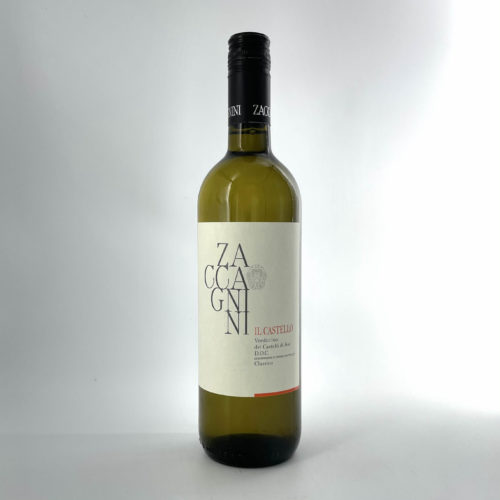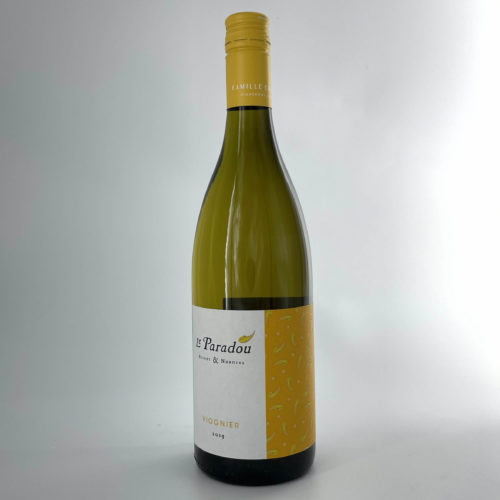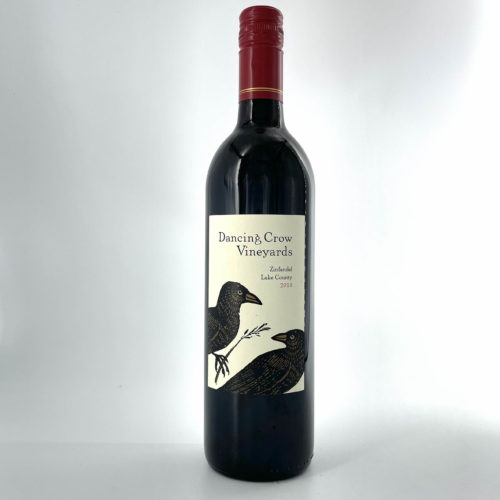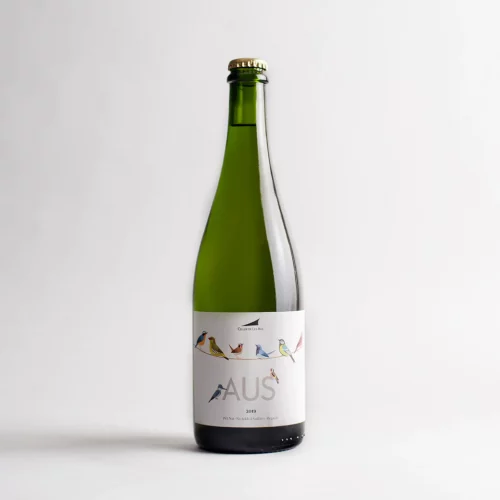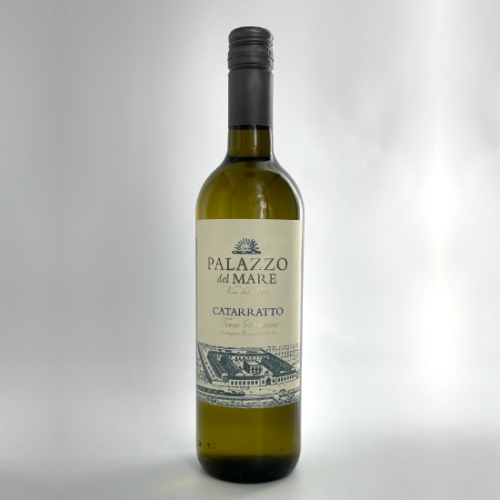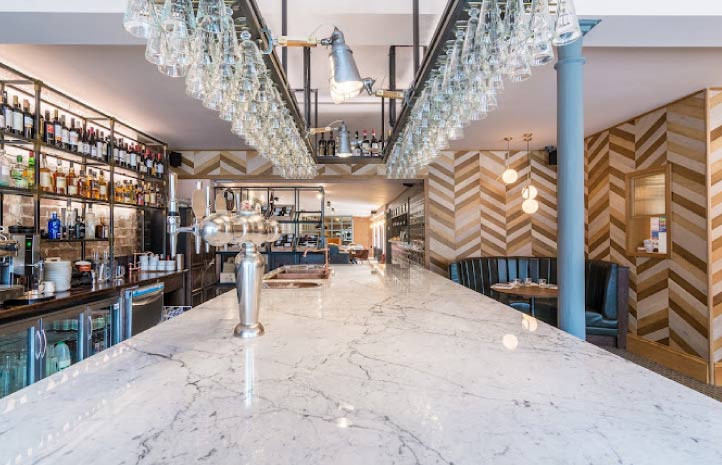Syrah Solevari Reserve, Viile Timisului, Romania
The Cramele Recas Estate, owned by Englishman, Philip Cox and his Romanian wife Elvira, have put in a huge amount of work into transforming their slice of grape growing history into a contemporary winemaking haven.
The immaculate vineyards are a combination of evolved plantings from 1447 and much more recent plantings too. With recent investments into modernising and improving their winery, they regularly host world class flying winemakers, vintage to vintage, to work with their team. This enables them to create top quality wines and constantly challenge themselves push innovations and approach winemaking with an open mind.
Velvet, Pittnauer, Burgenland, Austria
Gerhard Pittnauer is undoubtedly one of the stars of the Austrian winemaking scene, producing a host of powerful reds which showcase the quality of Austria’s indigenous grape varieties. His base in the town of Gols is located in the Burgenland region, famed for the amount of sunlight it receives each year. As a result, Gerhard is able to fashion supple, modern wines that all display his signature, silky soft tannins.
Terre des Olivettes Rouge, Vin de Pays, Languedoc, France
The Caves d’Alignan is a co-operative in the Languedoc region that has a very good reputation for producing quality wines utilising modern techniques. In the past few years, Alignan has augmented its winery with the addition of modern equipment that ensures that all their wines are of a consistently high quality. Situated in the Côtes de Thongue area, the vineyards benefit from the Mediterranean climate, giving their grapes a real feel of ripeness, yet also are exposed to a northern prevailing wind.
Torrontes, Manos Negras, Salta, Argentina
Alejandro Sejanovich is arguably Argentina’s most knowledgeable viticulturist, working as vineyard director for Bodega Catena Zapata for 16 years, he pioneered high altitude vineyard planting and conducted ground breaking research on Mendoza Malbec clones.
Manos Negras focuses on latitude winemaking, planting Torrontes in the northern stretches of Cadayate in Salta, Pinot Noir in the southern-most region of Neuquen in Patagonia and cultivates 50 year old Malbec vines in the prized Altamira appellation in the Uco Valley.
Trebbiano Altopiano, Feudo Antico, Abruzzo, Italy
Feudo Antico was created on a small plot of land in the heart of Abruzzo. It is in Italy’s smallest DOP and the first designation of its kind in Abruzzo.
Starting from the 2013 vintage, all wines are Magis certified, the most advanced project for the sustainability of wine production in Italy. Currently their 15 hectares are cultivated using native varieties producing limited yields to ensure quality is retained. Clearly they highly value the land they work and this attitude is continued in the winery where the fruit and wine come into contact with no wood whatsoever, only concrete and glass. This guarantees the purity of the fruit, and its flavours, are conveyed from the vineyard direct to the glass.
Verdejo Pegaso Vinas Viejas, Bodegas Manzanos, Navarra, Spain
On the border between Rioja and Navarra, Victor Manzanos carries on the work of the four generations before him.
Adding in significant amounts of ambition and energy, Victor Manzanos is at the forefront of the new Rioja – championing a modern interpretation of its varieties through his wines. As a grower, Victor is keen to prove that Rioja Baja has its own distinct character and should not be judged as inferior to Rioja Alta or Alavesa – just different.
Secateurs, Shiraz
One often hears wine merchants saying that winemakers like to let the wines speak for themselves. Well, Adi’s wines would be lucky to get a word in edgeways! He is a fast-talking, quick-witted, warm-hearted kind of guy who aims to produce wines with bags of personality. If you want to drink wines with soul that were made using gut feel rather than technical recipes, then this is definitely where you should be focusing your attention.
Today, Swartland is among the most exciting up-and-coming wine regions in the world – it’s extremely old bush vines attracting the attention of some of South Africa’s most pioneering winemakers. Adi took over this ancient winery in the Paardeberg district, utilising his 35 hectares of mature, dryfarmed bush vines to produce a range of grapes.
Verdicchio dei Castelli di Jesi Classico, Zaccagnini, Marche, Italy
On the opposite coast to Tuscany lies the less well known, but no less beautiful, region of Marche. This is where you will find the family run Zaccagnini winery, established by two brothers.
Playing to their strengths, they have focused on the local grape Verdicchio, and the results are spectacular. Their range of three Verdicchios are as distinctive and individual as you could wish for, with each wine having its own personality and textural signature. All are benchmark examples of this lesser known region on the East coast. Whilst they have been working organically for a few years, from the 2020 vintage, the wines are being certified as organic.
Viognier Le Paradou, Chateau Pesquie, Ventoux, France
This family run domaine came to being in the early 1970s, when Odette and René Bastide spotted the potential of the Ventoux region and took over an area of rundown vineyards. In 1985 Edith and Paul Chaudière took control and created one of the first independent wineries of the AOC, in an area which had previously been dominated by cooperatives. In 2003, Paul and Edith handed over the running of the estate to their two sons, Alexandre and Frédéric, who have since set about converting the domaine to organic farming. They are blessed with vineyards in an enviable location, ideally situated at the crossroads between the Alpine and Mediterranean worlds. An average altitude of the vineyards of more than 300 metres and the wide variation of temperatures between days and nights create an excellent physiological balance in the vines, adding colour, concentration and balance to their wines.
Zinfandel, Dancing Crow Vineyards, Lake County, California, USA
Example of ‘cool-climate’ California – British winemaker – excellent value for money
Owned by Londoner Tony Cartlidge and his wife Sarah, Dancing Crow is an exciting addition to our growing American portfolio. Tony has worked in the Napa Valley since the late 1970s and his latest project sees a return to a more focussed production than his previous projects, as he and his team fashion only a handful of key cuvées.
‘Aus’ Pet-Nat, Celler de les Aus, Allela, Spain
Located on the same site as Alta Alella is Celler de les Aus, headed by Mireia Pujol-Busquets – the daughter of Josep Maria. Mireia has already established a reputation as one of the most exciting young winemakers in Europe and, as well as assuming many of the roles from her father in the Alta Alella operation, she has established her own micro-project, producing natural wines without the addition of any sulphites. The small yet striking winery is filled to the brim with vessels of all shapes and sizes as Mireia continually experiments in an effort to produce wines that are as pure a representation of the Alella terroirs as possible. hak
Catarratto, Palazzo Del Mare, IGT Sicily
Sicily’s geography and climate are perfectly suited for the production of healthy, ripe grapes and quality wines. Palazzo del Mare’s vineyard sites are situated at an altitude of 200-300m, ensuring cooler night-time temperatures which preserve crucial acidity in the grapes. Yields are naturally limited by the winds and the wines tend to be harvested earlier than many of their neighbours and consequently are bright and fresh. The Catarratto particularly displays that signature crisp, citrus laced fruit filled style. The Palazzo wines tend to be harvested earlier than many of their neighbours and consequently they are bright and fresh with no baked flavours.

